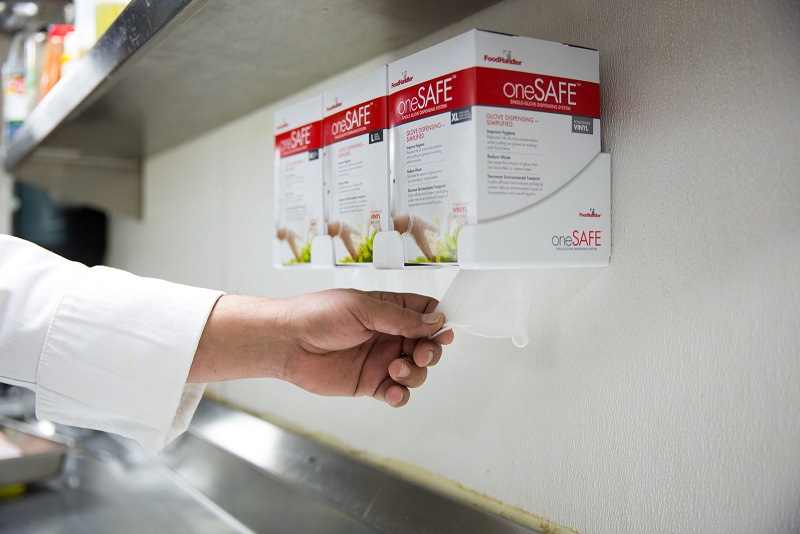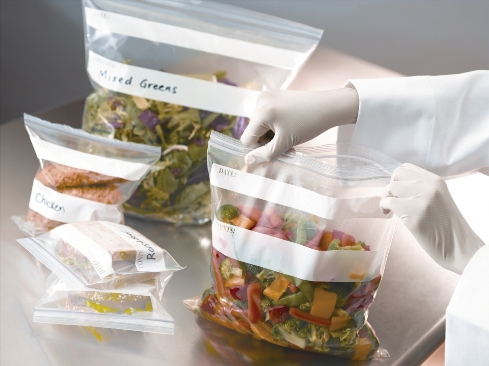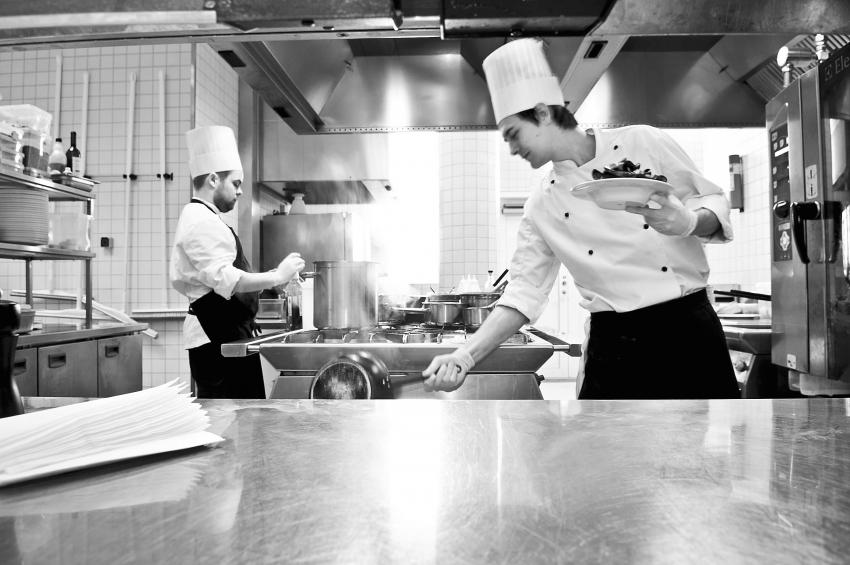Beyond Simple Compliance: Nurturing a Food Safety Culture in Your Team
In writing my last blog post, I was torn on addressing the issue of getting ready for a health inspection. I was torn, not because it isn’t an important topic, but because I didn’t want the reader who just stumbled upon the post and has not followed the FoodHandler blog previously to think I was promoting a reactive food safety program – one where we just get ready for the health inspection a month out from when we think that inspection might occur and forget about food safety the rest of the year. Deep down, I believe that food safety in retail foodservice establishments should be a proactive system, a system where we have developed a food safety culture among our team members.
Establishing a robust food safety culture within your establishment is essential for ensuring the health and well-being of your customers, maintaining regulatory compliance, and safeguarding the reputation of your operation. A food safety culture encompasses the shared values, beliefs, and behaviors that prioritize safe food handling practices at all levels of the organization. When we work with schools, we often talk about how the school system’s superintendent must buy into the food safety program, not just those managers and employees in the kitchen. In the restaurant setting, this means everyone from the general manager to bus persons.
A strong food safety culture begins with a visible commitment from leadership. What visibility means for your operation depends on the operation. Remember, it starts at the top and employees take their cues from the leaders. At the very least, we always say if you are a general manager and you want to promote food safety, but when you enter the kitchen and don’t wash your hands, what message does this send to your employees? When managers actively demonstrate their dedication to food safety, it sets a standard for the entire team. This also includes allocating resources for training, implementing comprehensive food safety policies, and fostering an environment where safety is prioritized above all else.
Investing in regular and thorough training is vital to food safety program success. Training ensures that staff members have the knowledge and skills to uphold food safety standards. Food safety training alone does not change on-the-job behaviors, but if you want employees to work toward changing behaviors, they must know the basics. Training should cover essential topics such as proper handwashing techniques, safe food storage practices, temperature control, and recognizing signs of foodborne illnesses. Understanding that knowledge alone isn’t sufficient; translating that knowledge into safe practices is key.
Food safety should not be viewed as a standalone requirement but as an integral component of your establishment’s core values.
Encouraging transparent and open communication allows employees to voice concerns, report potential hazards, and suggest improvements without fear of retribution. Regular meetings, feedback sessions, and anonymous reporting mechanisms can help in identifying and addressing issues before they escalate. This two-way communication fosters trust and reinforces the importance of collective responsibility in maintaining food safety.
Empowering employees to take ownership of food safety practices instills a sense of responsibility and pride in their work. Recognizing and rewarding safe behaviors can motivate staff and reinforce positive actions. Conversely, holding individuals accountable for lapses ensures that everyone understands the seriousness of food safety and the potential consequences of negligence.
Food safety should not be viewed as a standalone requirement but as a vital component of your business. By aligning food safety efforts with overall company objectives, you create a unified approach where every team member understands their role in maintaining these high standards. This alignment ensures that food safety becomes a natural and consistent part of daily operations.
Incorporating these strategies into the daily operation of your establishment can lead to a sustainable and effective food safety culture. In the end, remember that food safety is not a reactive program. A proactive approach helps mitigate risks and enhance the organization’s overall safety culture. Risk Nothing.
READ MORE POSTS
The Worst Customer Complaint: Foodborne Illness
Food service managers and crew try to follow the rules of food protection. Yet, occasionally a complaint may arise and these calls take priority over all other daily crises. If you have been in the food service industry long enough, you may have gotten one of these. A customer may claim, "I think your food made me ill." These words inflict instant anxiety. If it happens, here are some next steps to think about in advance of such a claim:
How Effective is Your Food Safety Training?
Basic food safety in a restaurant kitchen is not rocket science, but critically important for the crew to take the time to learn about it and for managers to set the example each day. Customers never expect or want to see a manager, chef, or a crew member make a very visible food safety mistake, like not washing hands before food prep and gloving, or touching their face or hair while prepping or handling food. Have we all seen it happen in our restaurant or as a customer elsewhere? Certainly. Are you using some creativity in your current training methods to help your staff “get it” so to speak, and reflect positive behaviors regarding food safety?
Why Does Food Spoil?
Food gradually deteriorates because of a natural process of aging, just like humans. However with all foods, there are a few things we can do that have a positive effect on the shelf life and safety of our foods at the restaurant. Some preservation is done at the food manufacturing plant, some naturally, but a better understanding of the processes may help you extend that shelf life. Preservation methods and storage conditions must be designed to reduce the rate of decomposition and protect the safety, appearance and taste of our food.










